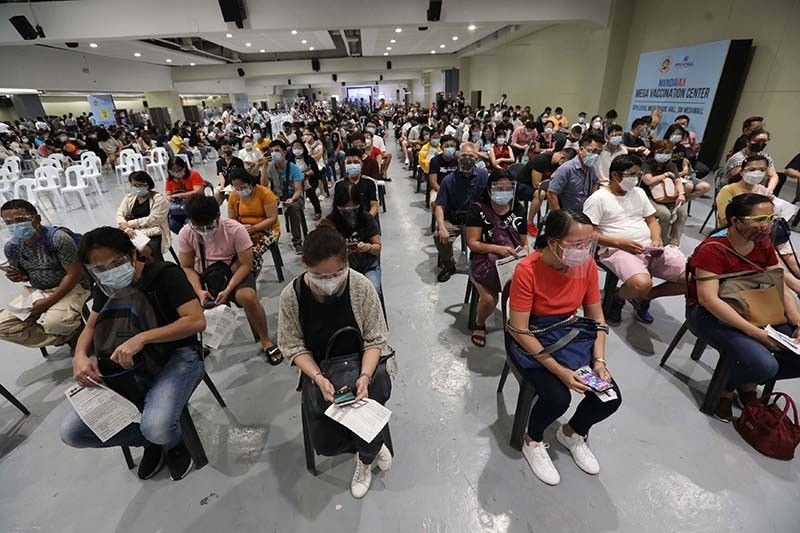S&P tags Philippines among Asia’s hotspots on virus struggle

MANILA, Philippines — S&P Global Ratings has tagged the Philippines as one of the hotspots in Asia-Pacific as the country continues to struggle to contain COVID-19 infections.
In its latest Asia-Pacific financial institutions monitor, the debt watcher tagged the banking system of the Philippines, together with Malaysia, Indonesia and Thailand, as hotspots in the region.
“Asia-Pacific still has its hotspots. Indonesia, Malaysia, Thailand and the Philippines continue to struggle to contain COVID, while the early exiters such as China, Taiwan and Singapore have also seen a pickup in infections,” S&P said.
The international credit rating agency said Asia-Pacific banks are at the end of the beginning of their COVID-19 recovery.
S&P credit analyst Gavin Gunning said the net outlook bias for Asia-Pacific financial institutions had improved to negative six percent as of end-May from negative 18 percent as of end-October last year.
“We believe that downside risks are moderating for some Asia-Pacific banking systems on the back of economic recovery and increasing vaccine coverage against COVID infections. Financial institutions and sovereigns have grappled with the effects of COVID for more than one year. Our regional net outlook bias is still negative but is clawing its way toward the positive,” Gunning said.
It noted that positive rating actions on many Taiwanese financial institutions also contributed to the improved regional trend.
S&P earlier revised its estimates for Asia-Pacific banking sector credit losses and now believes that credit losses would remain well below the expected long-term average in most countries.
“This solidifies our view that downside risks are moderating among Asia-Pacific banks. Sturdy provisioning by lenders during the health crisis will help. Asset quality stress among the region’s financial institutions was at historically low levels before the pandemic struck. The spike in credit losses in 2020 –while striking – was off a low base,” it said.
In the region, S&P said Chinese banks would need to tackle about $1.2 trillion in credit costs accumulated from 2020 to 2022, racked up because of COVID-19 and other asset-quality difficulties.
S&P now believes a robust global economic recovery is helping many Asia-Pacific banking systems normalize faster compared to a few quarters ago.
The debt watcher recently slashed its gross domestic product (GDP) growth forecast for Asia-Pacific to 7.1 percent from 7.3 percent to reflect the regional progress in managing the global health crisis.
For the Philippines, S&P lowered its GDP growth forecast to six percent this year due to mobility restrictions and concerns over the slow COVID-19 vaccination rollout.
It earlier warned that the prolonged economic downturn could weaken the credit profiles of Philippine banks, with non-performing loan ratio rising to six percent and restructured loans increasing to 2.5 percent this year.
The debt watcher earlier revised its outlook for Philippine banks to negative and classified the country’s banking sector under group “5” under its Banking Industry Country Risk Assessment.
- Latest
- Trending






























